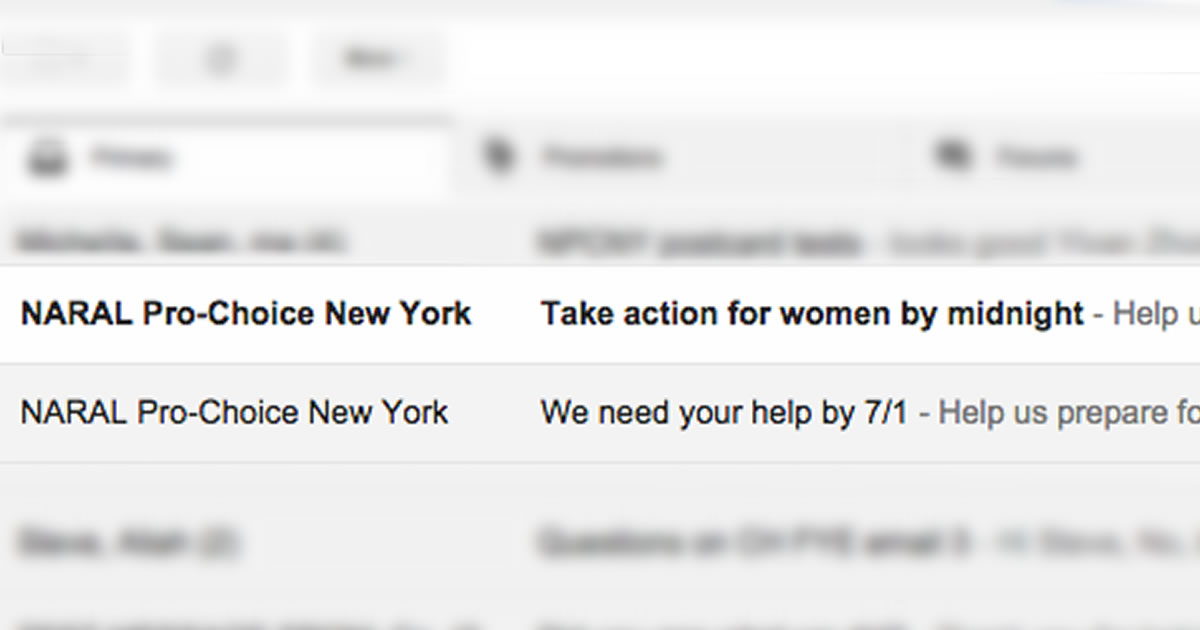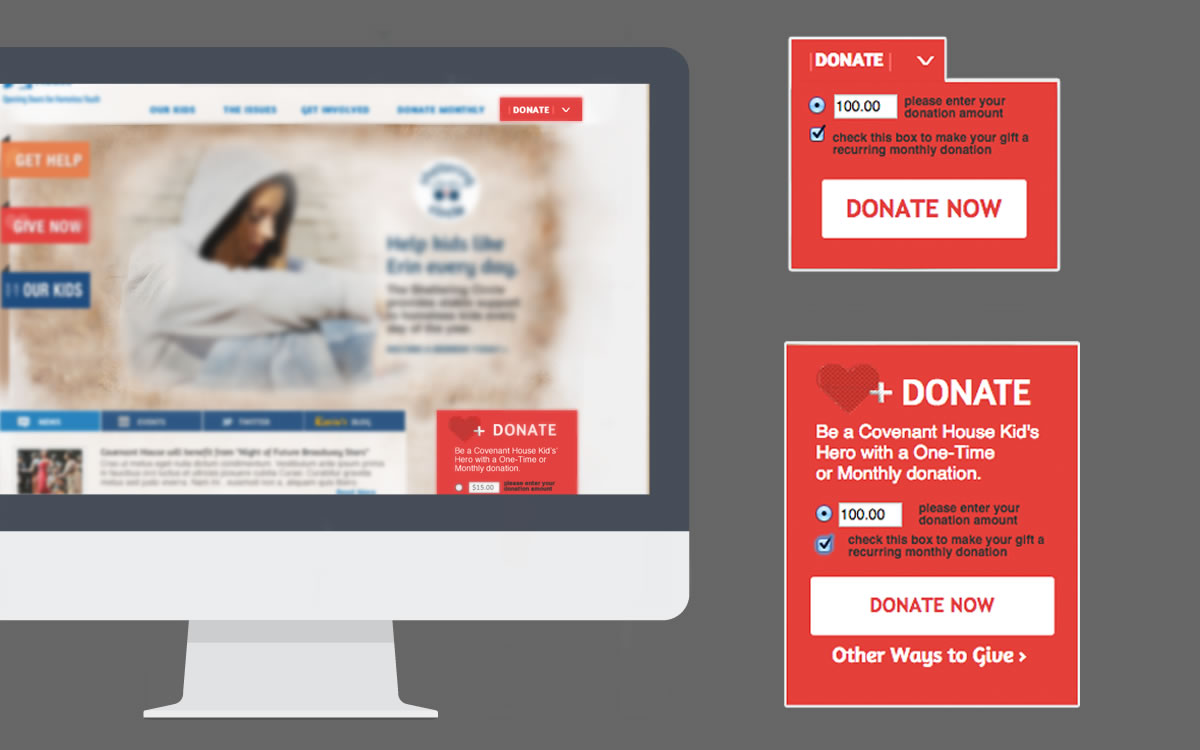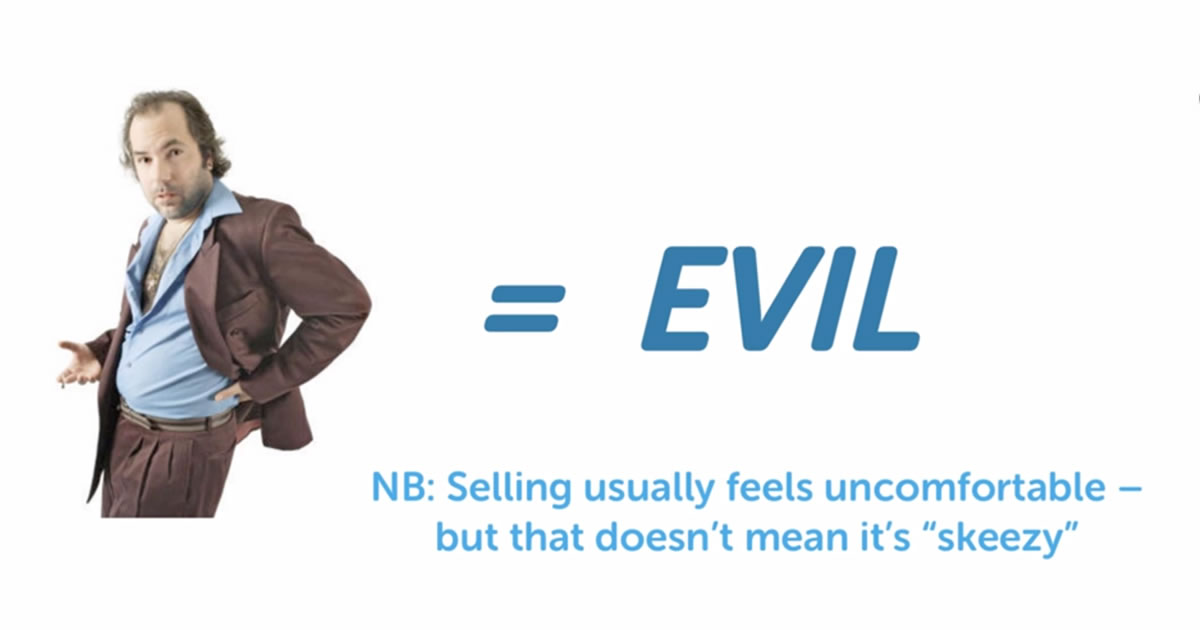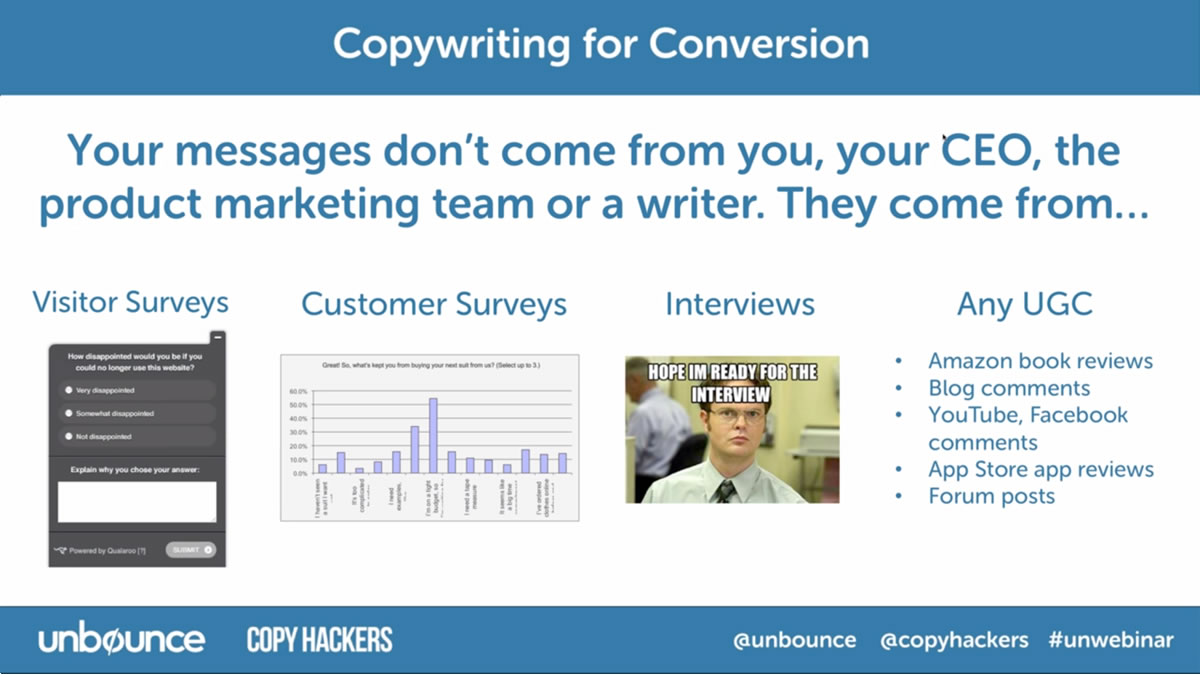Getting your copywriting “groove” back
As every copywriter knows, it’s easy to get in a rut sometimes. You find yourself using the same boilerplate language for your clients and falling back on the old standby techniques.
That’s why it’s good to get a refresher every once in a while and stir up some new ideas!
I recently did just that—and tuned into a webinar called “Copywriting for Conversion” by Joanna Wiebe, Founder and CEO of Copy Hackers, and Ryan Engley, Director of Customer Success at Unbounce.
Although the webinar was designed for writers in the for-profit world, I found some really great takeaways for nonprofit copywriting as well. Hopefully you will find them helpful too!
First, think about what is "unique and highly desirable" about your organization. What makes your mission unique and, if you’re coming from a fundraising angle, what makes your donors extra special? Always keep those things in mind when writing headlines and copy.
Gain isn't as important as loss. I’m not sure this completely applies to nonprofits (because you can’t always be negative), but in general, it’s probably more effective to say "Stop youth homelessness" rather than "Get more kids off the streets."
Don’t summarize.

If you want to maintain donors’ interest, get to the point as soon as possible. Also, be specific and make it about them.
Calls-to-action should be effortless.

The example Joanna used was replacing “Buy” with “Get.” I think in the nonprofit world that could mean saying "Join" or “Become a member” instead of “Donate.” She also recommends putting your ask in the first person (for example: "Give me access" or "I want to give").
Don’t worry about sounding like a “skeevy salesperson.”

I love this tip! Sometimes it feels like you’re constantly asking people for money—but it’s important to remember that people want to donate, and they’re a part of your list for a reason. If they don’t want to give, they won’t—but give them the chance!
Avoid claims you can't back up in short copy. In modals and short emails, there isn’t a lot of room to play around with. So focus on the user instead. Say "This will set you apart as a donor" rather than "This will save 1,000 children" (because you don’t have the space to explain how it will do so).
However, sometimes long-form copy is actually better—especially with prospects or new donors. Saying “This will save 1,000 children” could certainly help explain what you do and put it in tangible, quantifiable terms. But you won't know unless you test!
Be a copy hacker.

One way to take yourself out of the picture and get into a donor’s mind is seeing how he or she describes your organization. The best messages can be hidden in places like visitor surveys, interviews, online forums and blog posts. For instance, Joanna said she loves looking at Amazon book reviews!
Stop trying to impress yourself or your English teacher.

I am definitely guilty of this sometimes. As Joanna and Ryan say, people can tell when you’re being too slick or too clever—and “raw” words are often better than polished ones.
Above all, write like a real person! I think this tip 100% applies to nonprofit fundraising. If you’re not connecting with people on a personal and emotional level, you’re going to lose them. How would you convince a friend to support your organization? By putting yourself and your own personality into the messaging.
Finally, if it feels difficult, you're doing it right. Coming up with new content and strategies isn’t easy—so don’t be afraid to ask for a second opinion or step away from that shapeless blur of copy if you need a break. You’ll be out of your writing rut in no time and, most importantly, your fresh new content will inspire people to give to their favorite organization!
Watch the full webinar yourself here.
